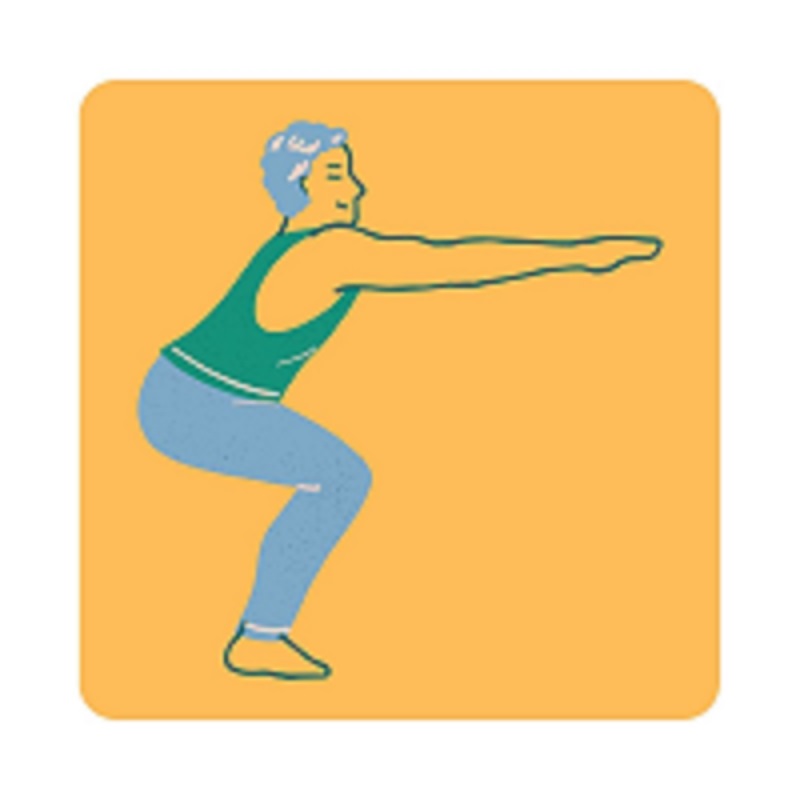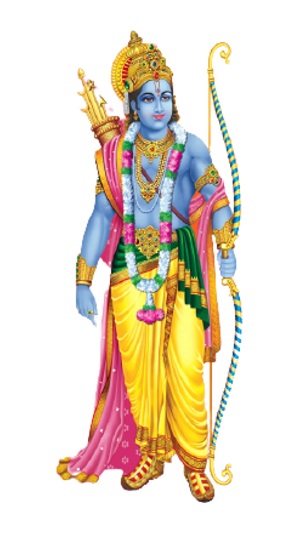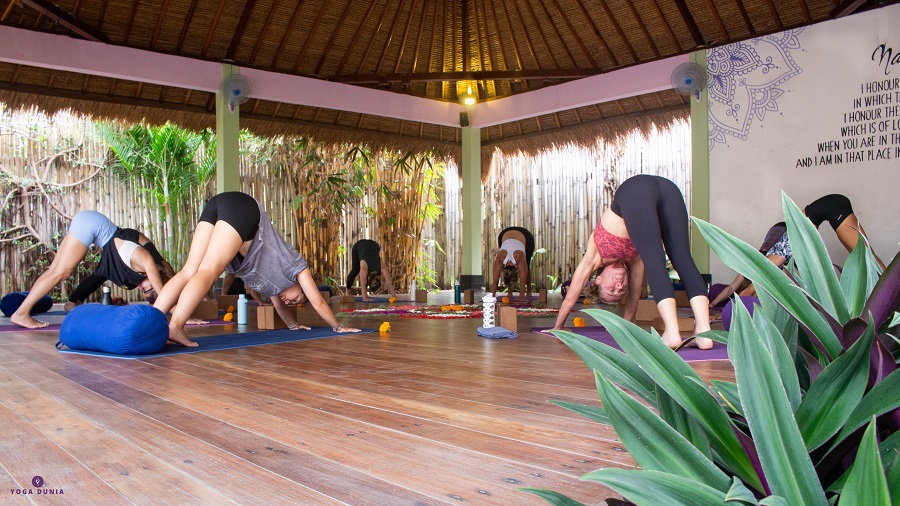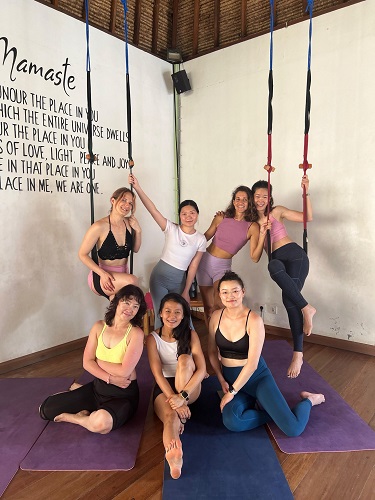It is not an easy chair, but rather a throne.
The utkatasana myth is not about a chair, but rather a throne.
The literal translation of the word “utkatasana” from Sanskrit is “powerful posture.”
On a deep level, Utkatasana teaches how to find a powerful seat within your pelvis, at the center of your body.

Its origin is found in Hindu mythology, specifically in the Ramayana, an epic poem written thousands of years ago.
Historically in India, chairs were rare, with most people sitting on the ground.
Royal people sat on high chairs or thrones, which elevated them above the rest.
This made them more visible for darshan, that act of seeing and being seen that unites a king or deity with the people.
The Ramayana tells the story of Lord Rama’s exile, adventures and return to his kingdom of Ayodhya.
It is actually, in a sense, a story about a chair or a throne.

The action begins with Rama’s stepmother, Queen Kaikeyi.
She demands that Rama, the intended successor, not be crowned king.
Let his son Bharata take the throne in his place, Rama being sent into exile for fourteen years.
But Rama’s brother, Bharata, refused to take the throne which he knew he did not deserve.
Instead, he placed a pair of Rama’s sandals on the royal seat to emphasize the absence of its owner.
Indian philosophy identifies several specific types of absence:
Utkatasana Myth
Antyata Bhavam refers to the absence of something that has always been in a particular place, but is not there now.
His absence is palpable. Rama’s sandals on the throne express this type of absence.
A throne is more than an imposing piece of furniture. Symbolically, it transmits power, the authority of the person who occupies it and responsibility.
A worthy ruler, a dharma raja, must protect and serve his people in accordance with dharma, the divine order.
This is a great responsibility.
Everyone in Ayodhya, except Kaikeyi with his distorted thinking, knew that Rama was the best possible person to be king.
When Bharata placed Rama’s sandals on the throne, he dramatizes his own position.
He considers himself as someone who was not worthy to occupy those shoes.
The sandals sent the message: The true king, Rama, is absent; I will do my best to represent you.
This is the story behind this powerful and beneficial posture.
The next time you practice this pose, think about the throne you are representing, with all the power that comes with it.




